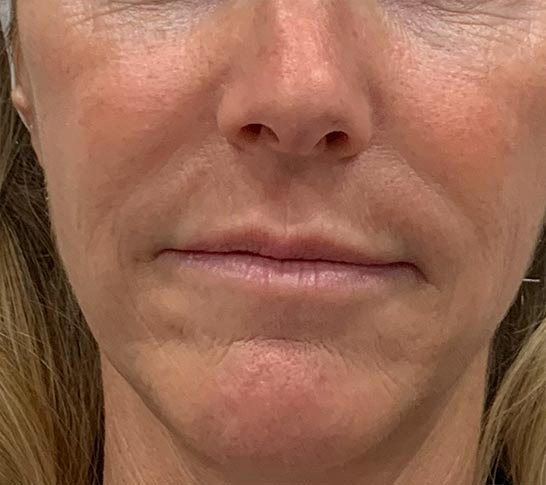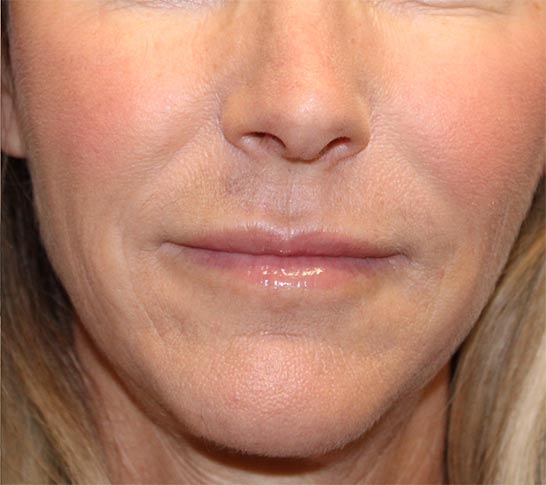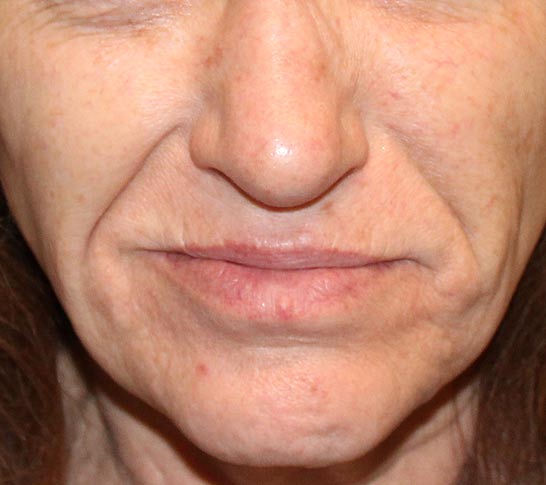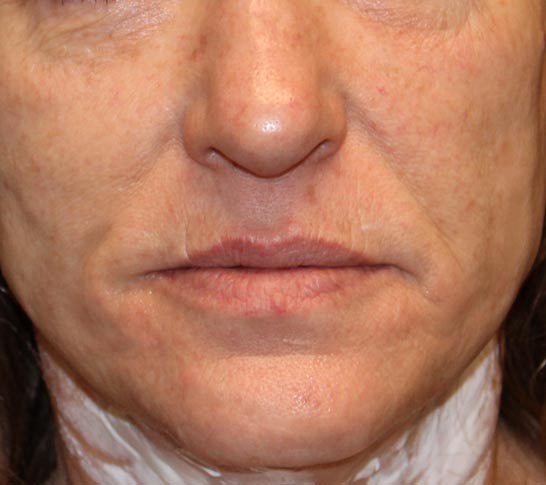Threadlift Comparisons
Threadlift: Silhouette Soft vs. PDO Threads, Which is Better?
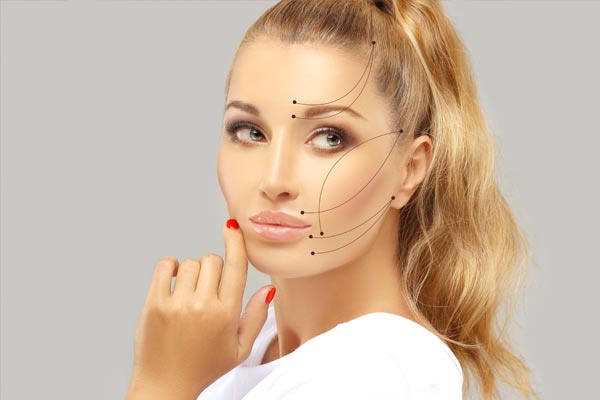
THREADS: The threadlift is gaining popularity as a quick “lunchtime lift” and those of us at Regen Doctor are happy about that. Threads use regenerative science to help create a tighter face and sharper V contour in our patients. Moreover, unlike dermal fillers, they can actually provide a little lift to sagging skin. (We can have this debate in-office, however, fillers are weighted materials. They replace volume. In skilled hands they can appear to be “lifting” sagging skin, however, they are mostly adding contour and replacing lost volume.)
Back to Threads: Silhouette Soft threads are all the rage in the UK and the US. They are made of PLLA material. (Think Sculptra: Lasts a long time, encourages your body to produce collagen.) PDO threads started in Asia, originating from Korea. These are adorably called a “sugar lift” as the threads dissolve but also encourage your body to produce collagen in areas of volume depletion. Both have their pros and cons.
Here’s some information for you to absorb. Pun intended.
What are PDO threadlifts | and silhouette soft plla threadlifts?
100% absorbable and bio-compatible material, similar to those used in surgery. 2 common materials exist. They’ve been in use for over 50 years when surgeons started noticing that the skin superficial to absorbable sutures looked more youthful and firm.
1. PDO Threadlift: Polydioxanone material is commonly used as a surgical suture, and tends to last on average 6 months before it dissolves. These are the basic “Korean threads”, though differ brands differ in terms of design (monos, barbs, cogs, multi etc).
2. Silhouette Soft PLLA: Poly-L-Lactic Acid material are also used as surgical sutures, and have greater longevity than PDO, averaging 12 months before dissolving. Thus, they can stimulate collagen for a longer duration. Once dissolved, the material breaks down into glucose, carbon dioxide and water.
3. Even after the threads dissolve your collagen stays behind. This is the important benefit of a threadlift versus filler alone. The results of the threadlift keep on going even after the material is long gone. Thank your body’s collagen induction reaction.
What’s the key difference between PDO threadlift vs. silhouette soft threadlift?
1. PDO threadlifts are great for soft tissue lifting. The instant and immediate lift is often tighter. PDO threadlifts may be superior for nose lifting.
2. Silhouette Soft threadlifts may be superior for lifting and volumization. The cones compress soft tissue together nicely.
Where can PDO, PLLA Threadlifts be used to lift?
1. Jawline & Neckline
2. Midface, Cheeks
3. Eyebrows
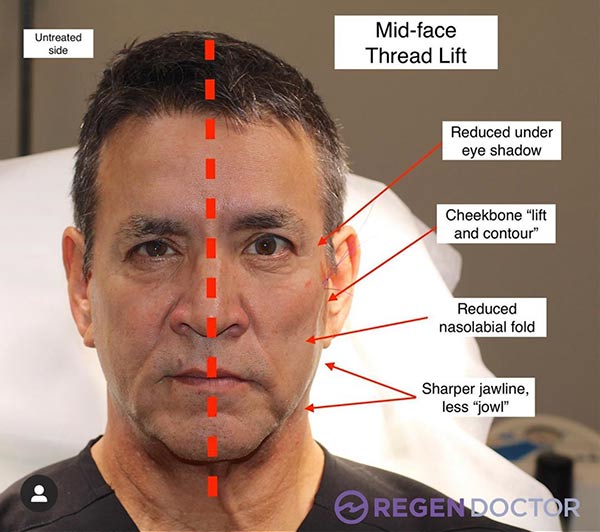
How is PDO, PLLA threadlift done?
There is no cutting or stitching of skin layers. Based on facial vectoring, absorbable ultra-fine threads are placed under the skin with minimal downtime.
Who is suitable for PDO, PLLA threadlift?
Patients with mild to mild-moderate saggy skin with reasonable expectations.
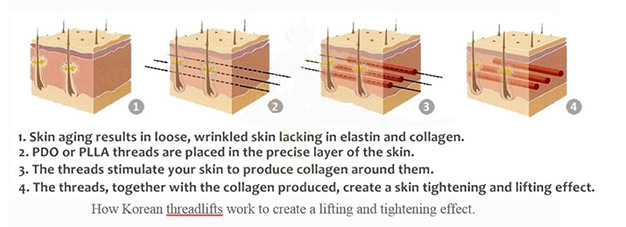
WHat to expect with PDO, PLLA threadlift?
TIMELINE
Immediate: Your skin is immediately lifted as the threads lift soft tissue to its new position. You may look and feel slightly tighter than the final result. 1 week later: You will start to look and feel more natural. 3 months: Skin rejuvenation peaks. You will notice improved skin texture, smoother and firmer skin. 6 months: PDO threads dissolve, but the results persist for many more months. Regen Doctor recommends LIGHT touchups 6 months after the initial treatment, to allow for a long lasting result of up to 2 years.
What are the risks with PDO, PLLA Threadlifts?
Depending on your skin quality and thickness, there may be temporary swelling, bruising and skin changes (puckering, visibility, bump). All these resolve with time.
|
RISKS from Thread Lift |
||
|
Minor |
Moderate |
Rare |
|
Temporary soreness, especially when opening mouth wide |
Prolonged skin dimpling |
Infection |
|
Temporary swelling |
Skin irregularities |
Nodule formation |
|
Temporary bruising |
Thread displacement |
Nerve injury |
|
Temporary skin dimpling |
Prolonged aching |
Salivary gland injury |
Are the new threads, PCL, PLLA threads better than PDO threads?
Here are the facts:
1. PCL (Polycaprolactone) thread tends to dissolve after 24 months
2. PLLA (Poly L Lactic Acid) thread tends to dissolve after 12 months
3. PDO (Polydioxanone) thread tends to dissolve after 6 months
BEFORE & AFTER Example
